Biografia Acadêmica
Possui graduação em Bacharel em Física pela Universidade de São Paulo (1995), mestrado em Física pela Universidade de São Paulo (1997) e doutorado em Física pela Universidade de São Paulo (2002). Atualmente é professora adjunto nivel 4 da Universidade Federal do ABC. Tem experiência na área de Física, com ênfase em Física da Matéria Condensada. Atua principalmente nos seguintes temas: oxidos de estrutura perovskita, propriedades de transporte e magnéticas de óxidos e síntese de óxidos nanoestruturados.
Publicações do Quadriênio
Desculpe, nenhuma publicação.






